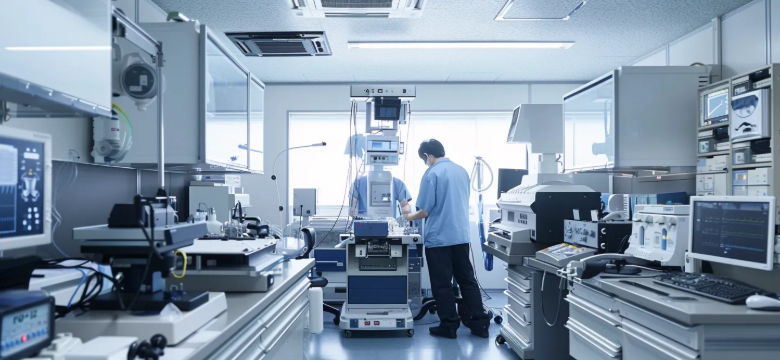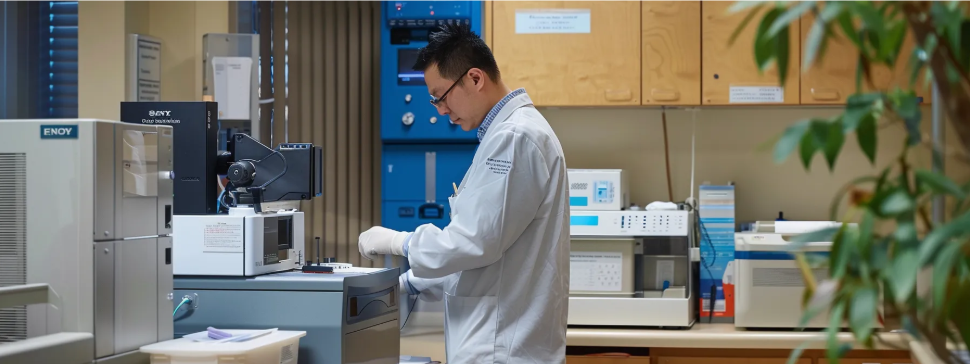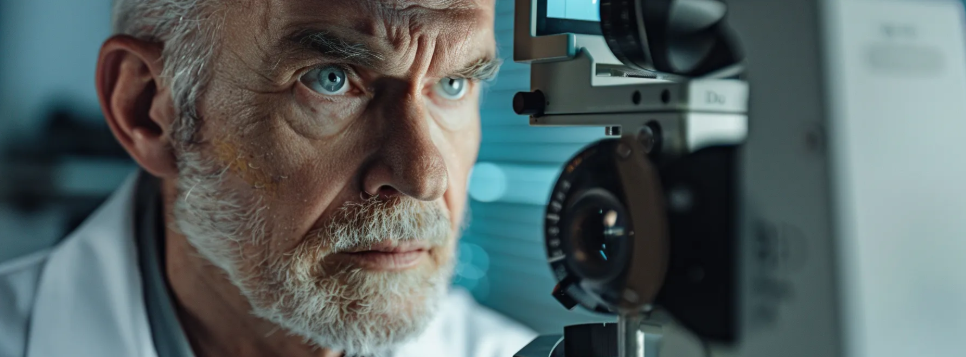
For audiologists, the precision of their instruments is paramount. Maintaining the functionality and accuracy of audiology equipment not only ensures reliable diagnostic results but also the overall efficiency of an audiological practice. Regular checks and servicing can prevent a myriad of issues that might compromise the quality of patient care. Acknowledging the significance of this aspect of audiological practice could make a marked difference in patient outcomes. Keep reading to understand why audiology equipment maintenance is not just a technical necessity but a cornerstone for successful patient care.
Understanding the Importance of Regular Audiology Equipment Maintenance
Audiology equipment, like any other medical diagnostic tool, requires consistent attention to remain in optimal working condition. Over time, components can wear out, calibration can drift, and unforeseen technical issues can arise. Regular maintenance helps in identifying and addressing these issues before they turn into significant problems. This is where professional services, like Audiology Equipment Maintenance, come into play. Specialized maintenance providers are equipped with the knowledge and skill to keep audiology devices in top-notch condition, ensuring that every screening and diagnosis is as accurate as possible. The reliability of audiometric assessments heavily depends on the precision of the equipment used, which is why this regular attention is crucial.
Moreover, for audiologists, the stakes are quite high because their assessments directly impact a patient’s quality of life. Well-maintained equipment ensures that hearing loss is accurately assessed, which is vital for prescribing the correct hearing aids or other interventions. It’s not just about upkeep but upholding a standard of care that patients expect and deserve.
Common Issues in Audiology Devices and How Maintenance Can Prevent Them

A common issue in audiology devices is calibration drift, where accuracy decreases over time and affects test results. Regular calibration ensures precise readings. Other problems include worn parts, software glitches, and connectivity issues that can impact performance.
Maintenance isn’t just troubleshooting; it also includes preventive care. Cleaning devices to remove earwax, dust, and debris extend lifespan and improve hygiene. Consumables like ear tips and batteries should be checked and replaced regularly to avoid last-minute issues during appointments.
Sound booths and audiometers can also develop problems due to complex electronics. Regular checks by technicians help detect early signs of malfunction, keeping equipment reliable and accurate. Integrating new technologies and software updates can also present challenges. Maintenance professionals can help ensure devices stay current and compliant with industry standards.
The Impact of Poorly Maintained Audiology Equipment on Diagnostic Accuracy

Diagnostic accuracy is central to audiology, and poorly maintained equipment jeopardizes this precision. Inaccurate readings can lead to misdiagnoses, with patients either missing needed treatment or receiving unnecessary interventions, affecting their auditory health and trust in care.
For hearing-impaired patients, especially children, precise diagnoses are critical. Misdiagnoses can delay language development, social interaction, and education. Adults may face unnecessary changes in work or personal life due to inappropriate or delayed treatment.
Well-maintained equipment reduces errors and allows audiologists to confidently stand by their diagnoses, speeding up identification of hearing solutions and improving outcomes for patients of all ages. Legal and professional accountability is also key. Errors from equipment failures can lead to litigation and damage reputations. Regular maintenance offers security, helping uphold the highest standard of care.
Investing in Maintenance: Long-term Benefits for Audiologists and Patients

Investing in routine maintenance might appear as an added expense, but it comes with substantial long-term benefits. By minimizing the risk of sudden equipment failure, clinics can avoid the unexpected costs of urgent repairs or replacements, not to mention the potential loss of revenue from appointment cancellations. This preventive strategy is cost-effective in the long run.
In the practice of audiology, the practitioner-patient relationship is paramount, and well-maintained equipment contributes to building trust. Patients feel more confident in the care they receive when they see well-cared-for devices. This trust can lead to increased patient satisfaction and loyalty, a cornerstone of a thriving practice.
Moreover, consistent maintenance extends the life span of expensive audiology equipment. This not only amortizes the costs over a longer period but also ensures the sustainability of the practice by keeping equipment functional and high-performing, negating the need for frequent costly upgrades.
The meticulous maintenance of audiology equipment is integral to the continued success of both audiological practices and patient well-being. It stands as a silent yet powerful ally, safeguarding the standards of care that health professionals strive to provide and patients rightfully expect.



